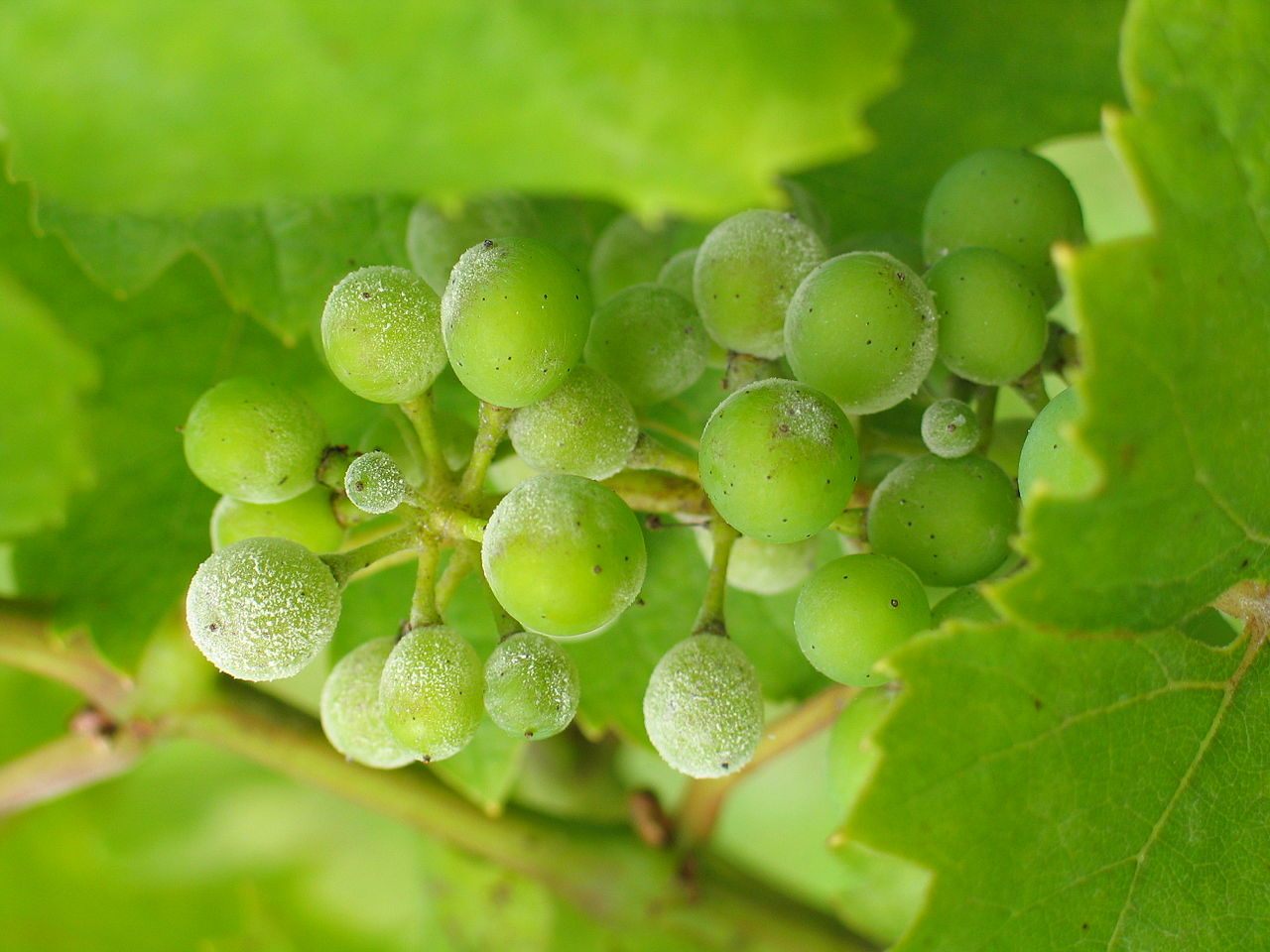How Noble Rot Makes for a Better, Peachier White Wine
Scientists compared how different fungi affect a wine’s bouquet.

Whether a wine is organic or not, wine producers invest a lot of time and money combating pests and blights that can destroy their precious crops of grapes. But vineyards have an interesting relationship with one fungus in particular, known as bunch rot or gray mold. Bunch rot can hurt yields and, in wet conditions, flavors. But when conditions are just right, when the vineyard is dry just after infection, the fungus is referred to by a much more reverential name: noble rot. Grapes affected by noble rot tend to produce sweet wines, such as Sauternes and late-harvest Rieslings, because the fungus causes grapes to lose water, concentrating the fruit’s sugar.
Vintners have known about and used noble rot to their advantage for centuries, but until now it hasn’t been known exactly how the fungus impacts the resulting vintage. A recent study published in Frontiers in Chemistry tracked wine made from grapes affected by noble rot and another fungus, powdery mildew. The German researchers found some concrete changes in how the infections changed the resulting wines’ aromas—including the ones that make a noble rot wine so great.
Noble rot in white and (rare) red Rieslings, along with Gewürztraminer grapes, causes an increase in the molecules responsible for peachy and fruity flavors, as well as toasty notes. Andrea Buettner, one of the authors of the report, noted in a press release that these changes “could be partially related to the higher sugar content reported in the infected grapes.” Trained tasters in the lab preferred the noble rot wine aromas to the “healthy” control wines for all three varieties.

The grapes affected by powdery mildew, on the other hand, did not fare so well. The resulting wine had fewer of the molecules that create vanilla notes than wine from healthy grapes, for example. The tasters rated the powdery mildew–infected wine aroma as worse than the control. “This negative rating was, however, not related to any specific off-note but was rather due to a lack of positive aromatic notes,” said Buettner. “In fact, the wine was described as being rather flat.” When it comes to vineyard fungi, it pays to be picky.
















Follow us on Twitter to get the latest on the world's hidden wonders.
Like us on Facebook to get the latest on the world's hidden wonders.
Follow us on Twitter Like us on Facebook